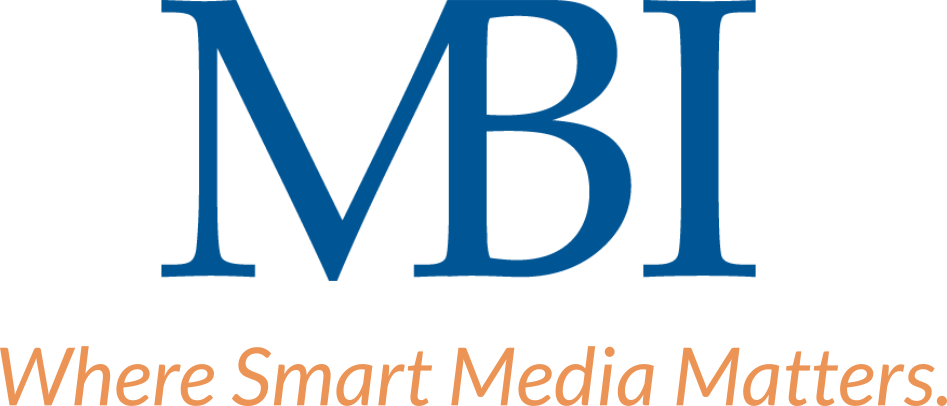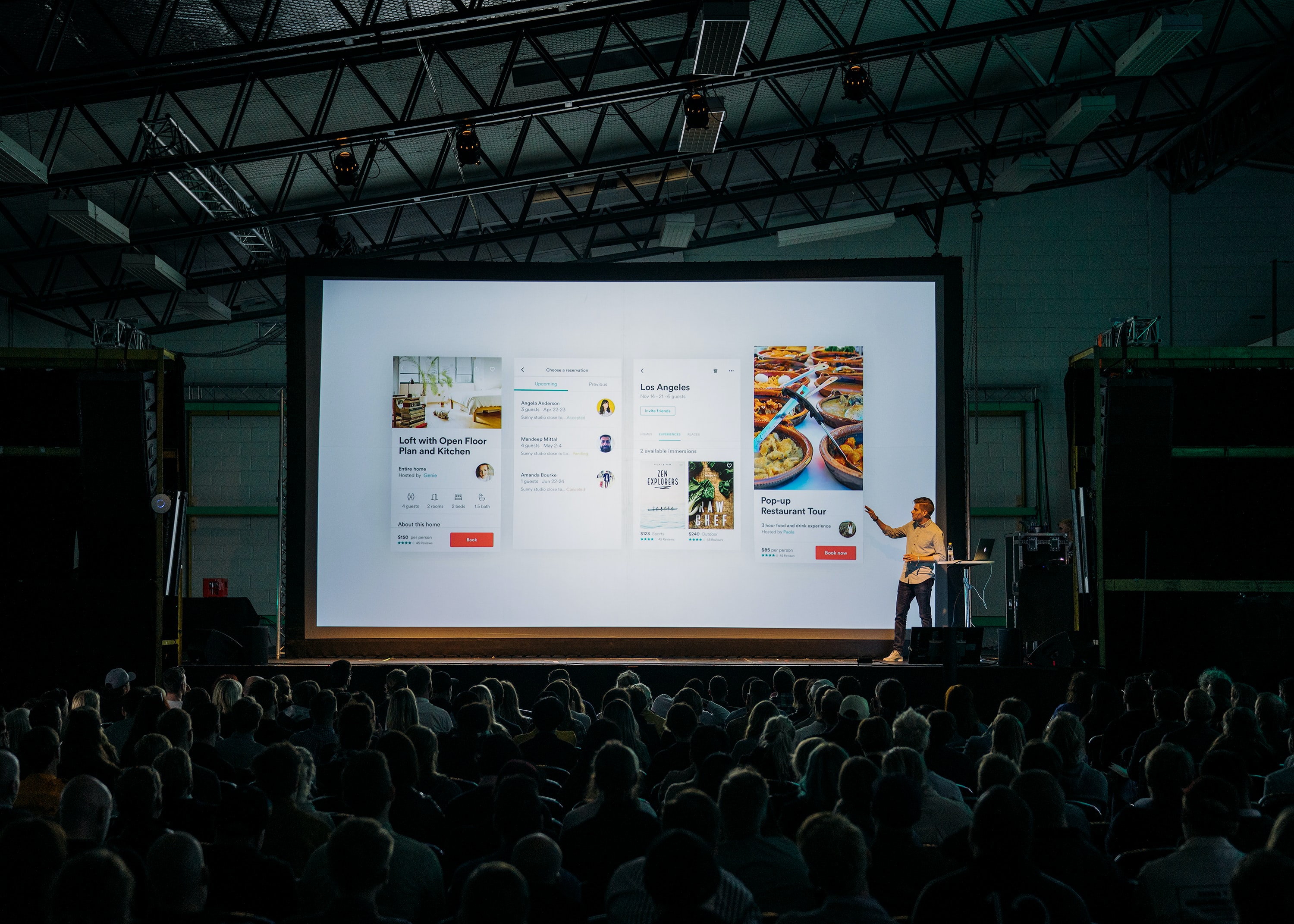Halfway through 2021, eMarketer drastically revised their predictions for digital programmatic advertising spending for the year—a continuation of a trend from the previous year for a steep, almost meteoric rise in spending on this marketing channel.
In October of 2020, the marketing research publisher estimated that U.S. programmatic digital display ads would account for $65.74 billion in ad spending throughout 2020, only to discover that brands exceeded this amount by nearly $10 billion, spending $75.09 billion on digital programmatic advertising in 2020.
With this information in mind, researchers assembled their estimates for digital programmatic advertising in 2021 to account for this climb in spending, only to revise their estimates again halfway through the year to keep up with the rise in popularity. But eMarketer didn’t just increase their estimate.
To keep up with the rapidly accelerating growth in programmatic digital display ad investments in 2021, eMarketer raised their estimate by more than $15 billion in June of last year, predicting that this channel would see spending reach $97 billion.
This is a 29 percent increase in spending for digital programmatic advertising from 2020, which accounts for nearly 90 percent of all digital display ad spending for 2021, and figures are only anticipated to rise in 2022.
Amidst this rise in popularity, how can brands take advantage of this platform? This article will examine the ins and outs of digital programmatic advertising and how brands can best embrace these digital opportunities.
Meeting Uncertainty with Confident Results: Programmatic Advertising and Self-Serve Programmatic Advertising
Digital advertising is taking a large portion of the total spending on marketing campaigns across the U.S. In fact, AdAge reports that digital advertising accounts for more than 50 percent of all campaign spending, with an estimated 35 percent rise in spending in 2021, claiming that “Advertising has rapidly become more science than art, with programmatic platforms emerging as the most viable means of targeting, managing, and optimizing digital campaigns.”
Even so, reports shared by AdAge seem to show that there is a bit of hesitancy in utilizing programmatic platforms; marketers sometimes feel challenged or uncertain about the technical load of programmatic digital campaigns. However, research shows that advertisers should embrace these platforms with confidence, thanks to the advantages that programmatic digital advertising has to offer. These benefits include:
- Transparency throughout the campaign
- Accountability for performance
- Data privacy for consumers
- Effective campaign results
However, the benefits extend beyond just this list. HubSpot shared its reasoning behind supporting digital programmatic advertising, which listed the following advantages:
- It’s budget-conscious: Programmatic advertising allows users to see their results in real-time, which means they only spend their funds on tactics, campaigns, and platforms that are actually working.
- Its KPIs are easily trackable: Since success with digital programmatic campaigns is all measured in one place, managing a campaign is simple and streamlined—and brands can track their key performance indicators (KPIs) in one place.
- It gives you the power to target specific audiences: Programmatic advertising is a very effective way to reach target audiences, giving brands the power to choose many facets of how and where ads are displayed, including the best devices to advertise for a given campaign or demographic.
For these reasons, many brands are increasing the proportion of digital programmatic advertising within their digital ad placements. AdAge reported that in 2022, 40.1 percent of digital placements will be programmatic.
Interestingly, the publisher also shared that many brands seem to be opting for self-serve programmatic placements, which are projected to reach 44.5 percent of digital placements in 2022, a significant increase from 35.3 percent of digital placements in 2020.
In many cases, it seems that marketers are confident in the abilities of their in-house team to handle self-serve programmatic advertising. AdAge reports that this is likely due to the benefits of this medium; there is a lot of transparency in where ads are placed and when they are displayed.
Even companies like Walgreens are playing into the appeal of self-serve programmatic advertising. The pharmacy retailer is offering a new self-serve programmatic digital ad buying platform for brands looking to connect with their audiences via digital channels. And with more than 95 million myWalgreens registered customers and over 1 billion touchpoints with company customers each day, Walgreens can help brands connect with 70 different categories and advanced customer targets through self-serve channels.
Time: The Main Pain Point of Self-Serve Digital Programmatic Ad Buying
Digital programmatic advertising may be appealing, and self-serve programmatic channels especially so, but that doesn’t mean that this DIY-based approach is without its challenges. In their report on the state of programmatic media, AdAge shared that many brands feel the struggle of hiring expert programmatic strategists and buyers. As it stands:
- Almost a quarter of survey respondents reported that it was “extremely difficult” to find qualified programmatic ad buyers.
- Two-thirds of respondents had a hard time finding qualified ad buyers in one way or another.
Experts believe that time is a major factor at play regarding these difficulties. It seems that there just isn’t enough time to hire in-house programmatic experts who can develop winning strategies for programmatic campaigns, and there just isn’t the time or team bandwidth for many of the tasks associated with building a well-crafted programmatic campaign. This impacts many brands’ confidence levels in self-serve programmatic campaigns.
The takeaway? While many brands feel that their team can handle self-serve digital programmatic strategizing and buying, it seems that in execution, there just isn’t the time in the day to handle it all with precision and carefully-honed strategies.
Self-Service or Managed Programmatic Buying: Which Should Brands Choose?
Many brands indeed have confidence in their ability to take on the curation of self-serve programmatic strategies. However, this may not be a feasible option for every organization—or in some cases, it may not be the optimal use of team members or funds without the right strategies in place.
Managed programmatic ad buying is appealing to many organizations with staffing or time limitations. To offset this, quite a few programmatic vendors are offering self-serve and managed platform options.
Another wise option? Working with agencies and media strategists who leverage self-serve programs “on behalf of their clients,” according to AdAge. This allows brands all the benefits of self-serve digital programmatic platforms like transparency, cost-effectiveness, and trackable KPIs, with the support of experienced media professionals who can develop smart strategies that tie in with other media placements and broader campaigns both on and offline.
MBI: An Experienced Guide For a Range of Channels and Platforms
The popularity of digital programmatic advertising is clearly surging. And through this rise in the use of this affordable, efficient, and trackable channel, many brands may want to take advantage of the benefits.
But how does a digital programmatic platform connect with the rest of a brand’s media buying strategy? What portion of resources and attention should be allocated to this channel?
At MBI, we go beyond the role of media buyers. We are expert media strategists who help brands create carefully-crafted media plans to identify and connect with their target audiences and make the most of their resources. This isn’t just about finding the best deal or the right set of terms to fit a programmatic ad buying algorithm; it’s about rethinking the way brands communicate with consumers and how different media channels work together in a finely-honed strategy.
We’ll be your guide to digital programmatic advertising, but that’s not where our services stop. To learn more about how our media strategists can elevate the way you share your message with the world and optimize the value of your media dollars, connect with us today!

